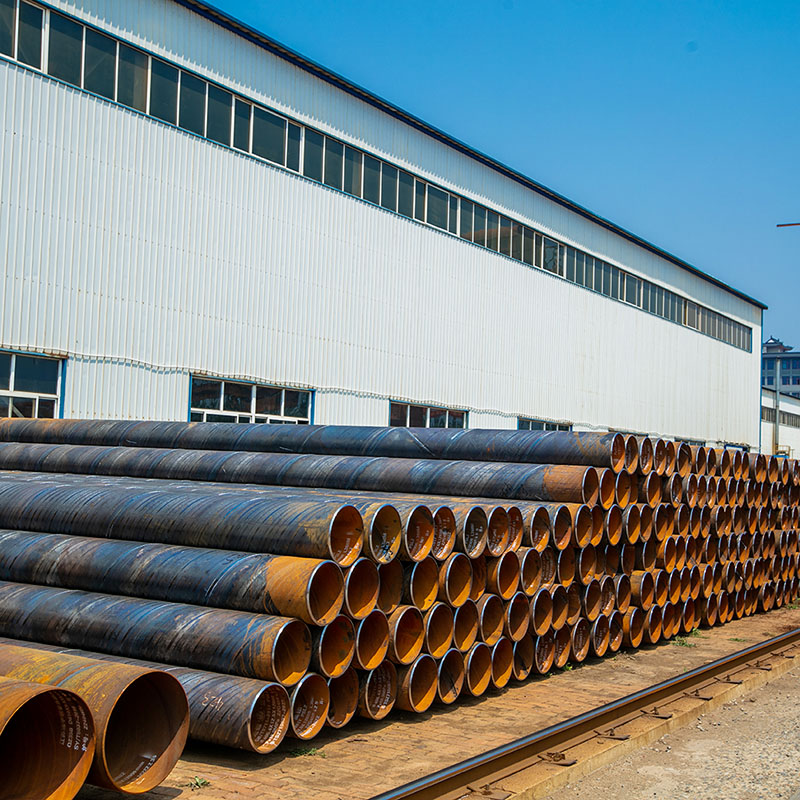In the world of industrial piping, codes and standards governing the materials used are critical to ensuring safety, durability and performance. One of these standards is ASTM A139, which plays an important role in the production and application of SAWH (spiral arc welded hollow) pipes and spiral welded pipes. In this blog, we will discuss the importance of ASTM A139, the characteristics of SAWH pipe, and the advantages of Helical Welded Pipe in various industries.
What is ASTM A139?
ASTM A139 is a specification developed by the American Society for Testing and Materials (ASTM) that outlines requirements for electrofusion (arc) welded steel pipe. This standard applies particularly to pipes used to transport liquids and gases. The specification covers a wide range of steel grades and ensures that the pipes produced meet specific mechanical properties and chemical compositions.
The ASTM A139 standard is critical to manufacturers and engineers because it provides guidance on the production process, including welding techniques and quality control measures that must be taken. By adhering to these standards, manufacturers can ensure that their products are reliable and suitable for a variety of applications, from oil and gas transportation to building structural uses.
The role of SAWH pipeline
SAWH pipe or spiral arc welded hollow pipe is a type of welded pipe made by spirally welding flat steel strips into a cylindrical shape. This production method allows the creation of large-diameter pipes that are both strong and lightweight. The spiral welding technology used in SAWH pipes offers several advantages, including:
1. Cost Effectiveness: The production process for SAWH pipes is often more economical than traditional methods, making it an attractive option for larger projects.
2. VERSATILITY: SAWH pipe can be manufactured in a variety of sizes and thicknesses, making it suitable for a wide range of applications, including water supplies, wastewater systems, and structural components.
3. Enhanced Strength: Spiral welded construction provides additional strength and resistance to external pressure, making SAWH pipe ideal for high stress environments.
Advantages of spiral welded pipe
Spiral welded pipe is another type of welded pipe produced using spiral welding technology. The method involves wrapping a steel strip around a mandrel and welding it in a continuous spiral. Helical Welded Pipe offers several advantages, including:
1. Improved flow characteristics: The smooth inner surface of Helical Welded Pipe reduces turbulence and enhances fluid flow, making it ideal for oil and gas industry applications.
2. WEIGHT REDUCED: The spiral design allows for thinner walls without compromising strength, making the pipe lighter and easier to handle and transport.
3. Customizable Lengths: Helical Welded Pipe can be produced in longer lengths, reducing the number of joints required in the pipe and minimizing the possibility of leaks.
In conclusion
In summary, ASTM A139 is a key standard for the production of SAWH pipe and spiral welded pipe, ensuring that these important components meet necessary safety and performance standards. The unique properties of SAWH and spiral welded pipe make them invaluable in industries ranging from construction to energy. As technology continues to advance, the importance of adhering to established standards like ASTM A139 will only grow to ensure that the infrastructure we rely on remains safe and efficient. Whether you are an engineer, contractor, or project manager, understanding these standards and the advantages of these pipe types is critical to making informed decisions on your projects.
Post time: Nov-04-2024


